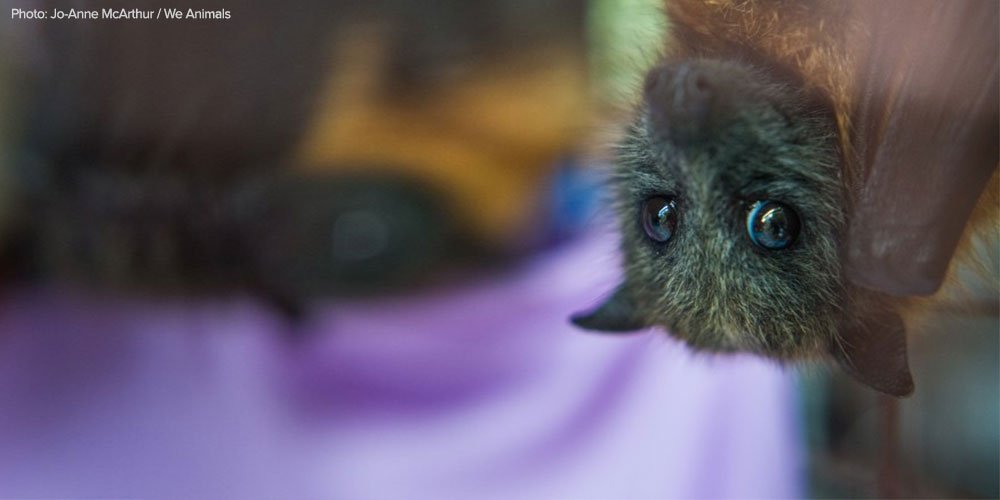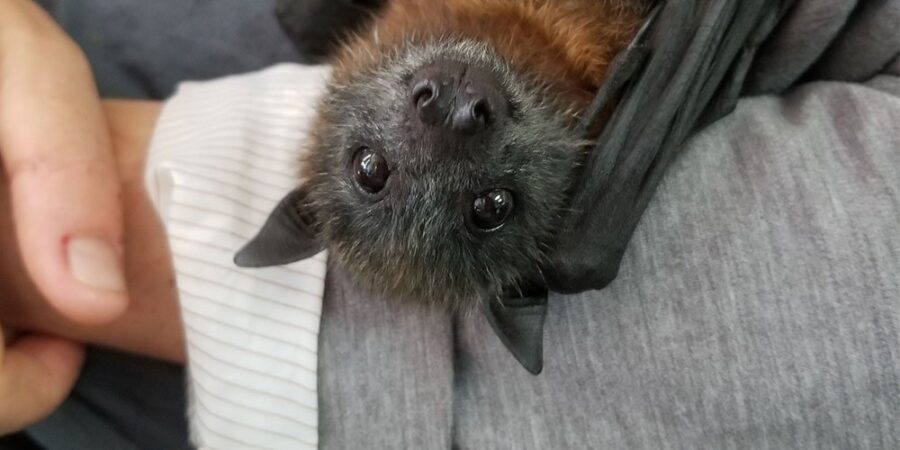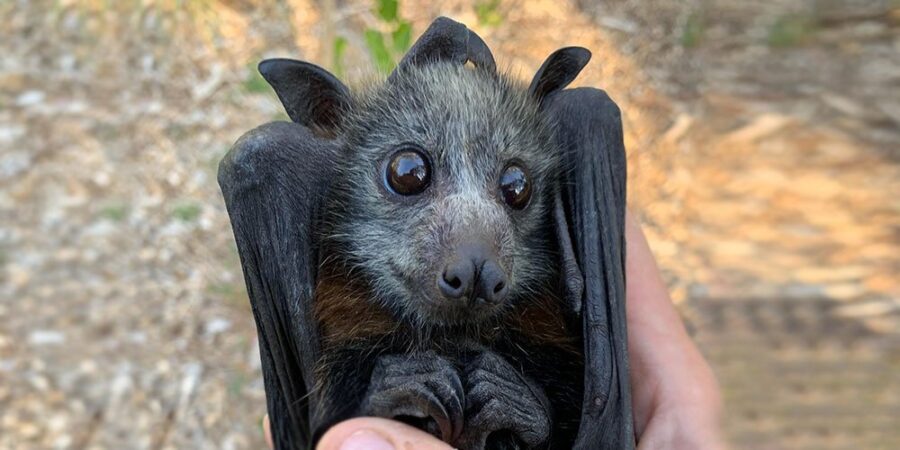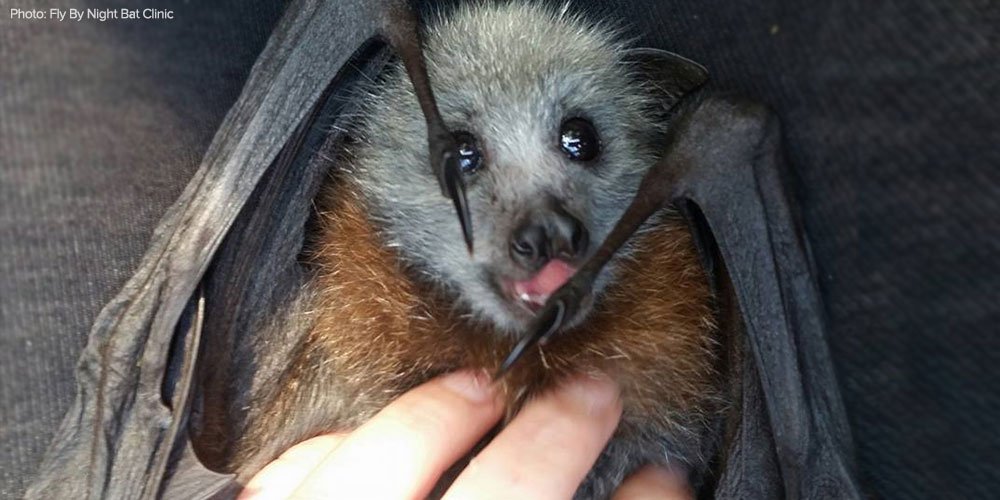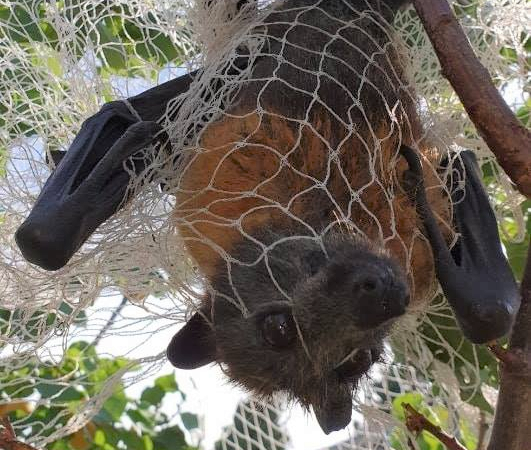Tragically, populations of flying foxes across Queensland, New South Wales and Victoria are in decline. Both the Grey-headed flying fox and Spectacled flying fox have declined by at least 95% in the past century, with massive losses in the past 30 years. Some researchers believe they could be functionally extinct by 2050; still, they are being targeted with lethal and non-lethal measures.
While it is now illegal across Australia to shoot bats for crop protection, a phase-out is currently underway in Queensland until 2026. The Queensland government will sadly continue to issue shooting permits to fruit producers during this period. But it’s not only deliberate killing that is posing a threat.
Despite Grey-headed flying foxes being listed as a threatened species, the Australian Government further stripped back what little protection they had under the Environmental Protection and Biodiversity Conservation Act (EPBC). The former Environment Minister, Greg Hunt, allowed a fast-tracked approval process for local governments to disturb and try to move flying fox colonies. Not only did this decision go against scientific advice, but it also left every flying fox even more vulnerable to distressing and dangerous ‘control’ measures like the use of water cannons, smoke machines, lasers and loud noises.
This dangerous precedent essentially removed the only legal process to shield their crucial roosting habitats from disturbance and destruction.

